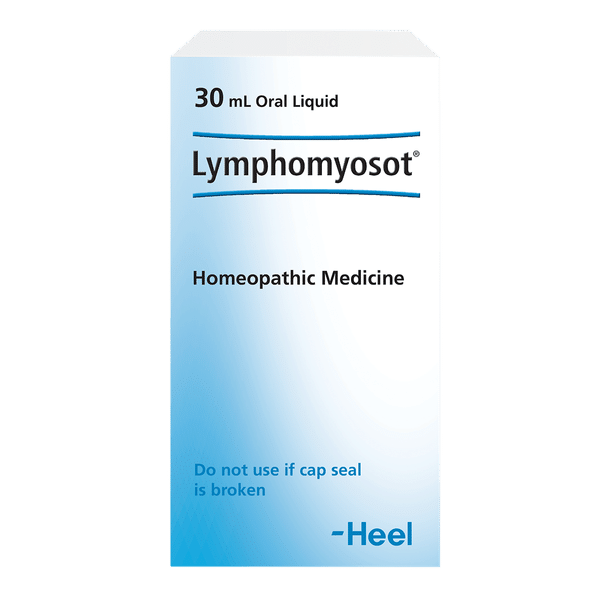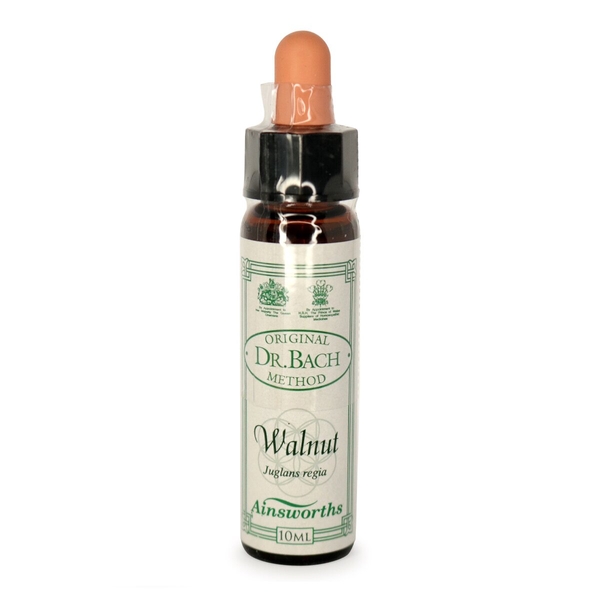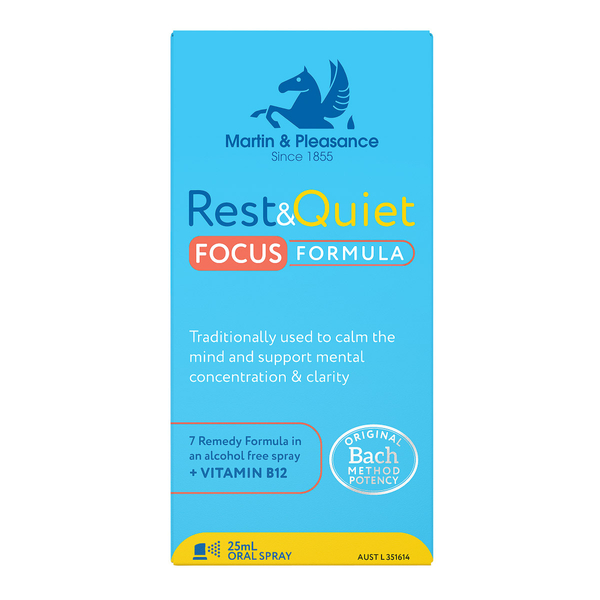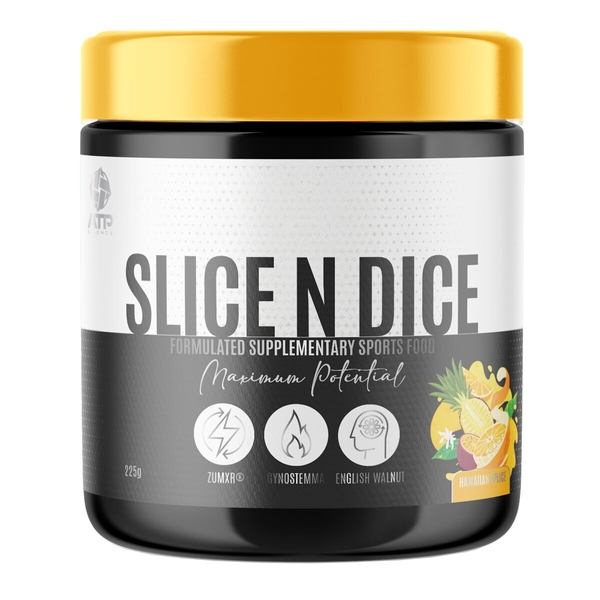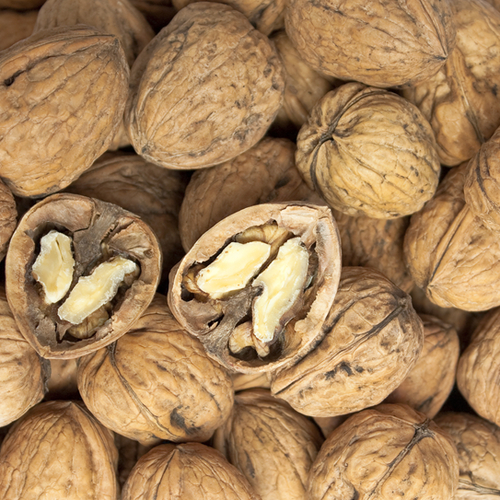
English walnut
Scientific names: Juglans regia
Family: Juglandaceae
Alternative names: Akhrot, Akschota, Arbre au Sommeil, California Walnut, Coque de Noix, Feuille de Noyer Commun, Fructus Cortex, Gland Divin, Gland de Jupiter, He Tao, He Tao Shu Zhi, Hu Tao Ren, Juglans, Juglandis, Juglandis Folium, Nogal, Nogal Inglés, Noix Anglaise, Noix de Grenoble, Noix Italienne, Noix Perse, Noyer Anglais, Noyer Commun, Noyer de Grenoble, Noyer Royal, Persian Walnut, Walnussblätter, Walnussfrüchtschalen, Walnut, Walnut Fruit, Walnut Hull, Walnut Leaf
Background
English walnut is a tree. The fruit (nut) is a popular food. The nut, the shell of the nut (hull), and the leaf are used to make medicine.
The nut is used as a part of the diet to lower cholesterol in people with high cholesterol. The nut, shell, and leaf are used for many other conditions, including diabetes, stomach problems, and skin conditions. But there is no good scientific research to support the use of English walnut for any of these other conditions.
In foods, English walnut is commonly eaten as a snack, in baking, and in salads.
The nut is used as a part of the diet to lower cholesterol in people with high cholesterol. The nut, shell, and leaf are used for many other conditions, including diabetes, stomach problems, and skin conditions. But there is no good scientific research to support the use of English walnut for any of these other conditions.
In foods, English walnut is commonly eaten as a snack, in baking, and in salads.
Safety Safety definitions
When taken by mouth: The fruit (nut), shell, and leaf of English walnut are LIKELY SAFE for most people when eaten in usual food amounts. There isn't enough reliable information to know if the fruit or shell are safe in the larger amounts used as medicine. The leaf extract is POSSIBLY SAFE when taken at doses up to 200 mg daily for up to 3 months. The leaf extract can cause diarrhea. English walnut bark is POSSIBLY UNSAFE. Taking the bark daily might increase the risk for tongue or lip cancer.
When applied to the skin: English walnut bark is POSSIBLY UNSAFE. It contains a chemical called juglone that can irritate the skin.
Allergies to peanuts and tree nuts: People with peanut allergies are more likely to be allergic to nuts called "tree nuts." English walnut is a tree nut. People who are allergic to one tree nut are also more likely to have an allergy to at least one other tree nut. Doctors often advise people with peanut allergies and tree nut allergies to avoid eating any tree nuts unless you know that you are not allergic to them.
When applied to the skin: English walnut bark is POSSIBLY UNSAFE. It contains a chemical called juglone that can irritate the skin.
Special Precautions & Warnings:
Pregnancy and breast-feeding: The fruit (nut), leaf, and shell of English walnut are LIKELY SAFE in food amounts. But there isn't enough information to know if these parts are safe in the larger amounts used as medicine. Stay on the safe side and stick to food amounts. English walnut bark is POSSIBLY UNSAFE. Don't take English walnut bark by mouth or apply it to the skin if you are pregnant or breastfeeding.Allergies to peanuts and tree nuts: People with peanut allergies are more likely to be allergic to nuts called "tree nuts." English walnut is a tree nut. People who are allergic to one tree nut are also more likely to have an allergy to at least one other tree nut. Doctors often advise people with peanut allergies and tree nut allergies to avoid eating any tree nuts unless you know that you are not allergic to them.
Effectiveness
NatMed Pro rates effectiveness based on scientific evidence according to the following scale: Effective, Likely Effective, Possibly Effective, Possibly Ineffective, Likely Ineffective, Ineffective, and Insufficient Evidence to Rate.
Possibly effective Effectiveness definitions
- High cholesterol. Eating walnuts as part of a low-fat diet seems to lower cholesterol. Total cholesterol and "bad cholesterol" (LDL) are decreased when walnuts are eaten instead of fatty foods and account for up to 20% of the calories in the diet. Substituting walnuts for other dietary fats also seems to improve the ratio between "good cholesterol" (HDL cholesterol) and total cholesterol in people with type 2 diabetes.
Insufficient evidence Effectiveness definitions
- Heart disease. Eating 1.5 ounces of walnuts per day as part of a low-fat, low-cholesterol diet may help prevent heart disease. But research is limited.
- Diabetes. Some research suggests that taking English walnut leaf extract helps to lower blood sugar levels in people with diabetes, but other research does not agree. More research is needed.
- Acne.
- Anemia.
- Atopic dermatitis (eczema).
- Diarrhea.
- Infection of the intestines by parasites.
- Osteoarthritis.
- Swelling (inflammation) of the stomach (gastritis).
- Ulcers.
- Other conditions.
Dosing & administration
The following doses have been studied in scientific research:
BY MOUTH:
BY MOUTH:
- For high cholesterol: 8-11 English walnut nuts or 30-56 grams (about 1/4 to 1/2 cup) have been substituted for fats in the diet.
Interactions with pharmaceuticals
It is not known if English Walnut interacts with any medicines. Before taking English Walnut, talk with your healthcare professional if you take any medications.
Interactions with herbs & supplements
There are no known interactions with herbs and supplements.
Interactions with foods
There are no known interactions with foods.
Action
The nut of the English walnut contains chemicals called fatty acids, which might be useful as part of a cholesterol-lowering diet. It also contains chemicals that can expand blood vessels, possibly improving circulation and the way the heart works. Some of these chemicals might also help with swelling, pain, and cancer.
Products
View all productsPer serve:
- Juglans regia (Walnut)
- Equisetum hyemale
- Levothyroxine sodium
- Myosotis arvensis
- Pinus sylvestris (Pine)
- Sarsaparilla
- Scrophularia nodosa
- Nasturtium aquaticum
- Aranea diadema
- Calcium phosphate (Calc phos)
- Ferrum iodatum
- Fumaria officinalis
- Gentiana lutea
- Geranium robertianum
- Teucrium scorodonia
- Veronica officinalis
- Sodium sulphate anhydrous
Practitioner product
Per serve:
- Juglans regia (Walnut)
- Clematis vitalba
- Scleranthus annus
- Carpinus betulus (Hornbeam)
- Larix decidua (Larch)
- Aesculus hippocastanum (Horsechestnut)
- Ulmus procera (Elm)
- Mecobalamin (Vitamin B12)
RRP: $27.30$23.21Save: 15%
Discontinued by Rest & Quiet
Create account
Per 9 g (Hawaiian Splice):
- Juglans regia (English walnut)
- Acetyl L-carnitine (Acetyl-L-carnitine)
- Gynostemma pentaphyllum
- Citrus aurantium
- Ilex paraguariensis
- Caffeine
- Caffeine
- Coffea canephora (bean seed)
- Chromium picolinate
- Natural flavours
- Tricalcium phosphate
- Silicon dioxide
- Malic acid
- Citric acid anhydrous
- Thaumatin
- Gardenia jasminoides (fruit)
RRP: $69.95$62.95Save: 10%
Discontinued by ATP Science
Create account
vital.ly has licensed monographs from TRC Healthcare.
This monograph was last reviewed on 07/04/2025 10:00:00. Monographs are reviewed and/or updated multiple times per month and at least once per year.
Natural Medicines disclaims any responsibility related to medical consequences of using any medical product. Effort is made to ensure that the information contained in this monograph is accurate at the time it was published. Consumers and medical professionals who consult this monograph are cautioned that any medical or product related decision is the sole responsibility of the consumer and/or the health care professional. A legal License Agreement sets limitations on downloading, storing, or printing content from this Database. No reproduction of this monograph or any content from this Database is permitted without written permission from the publisher. It is unlawful to download, store, or distribute content from this site.

